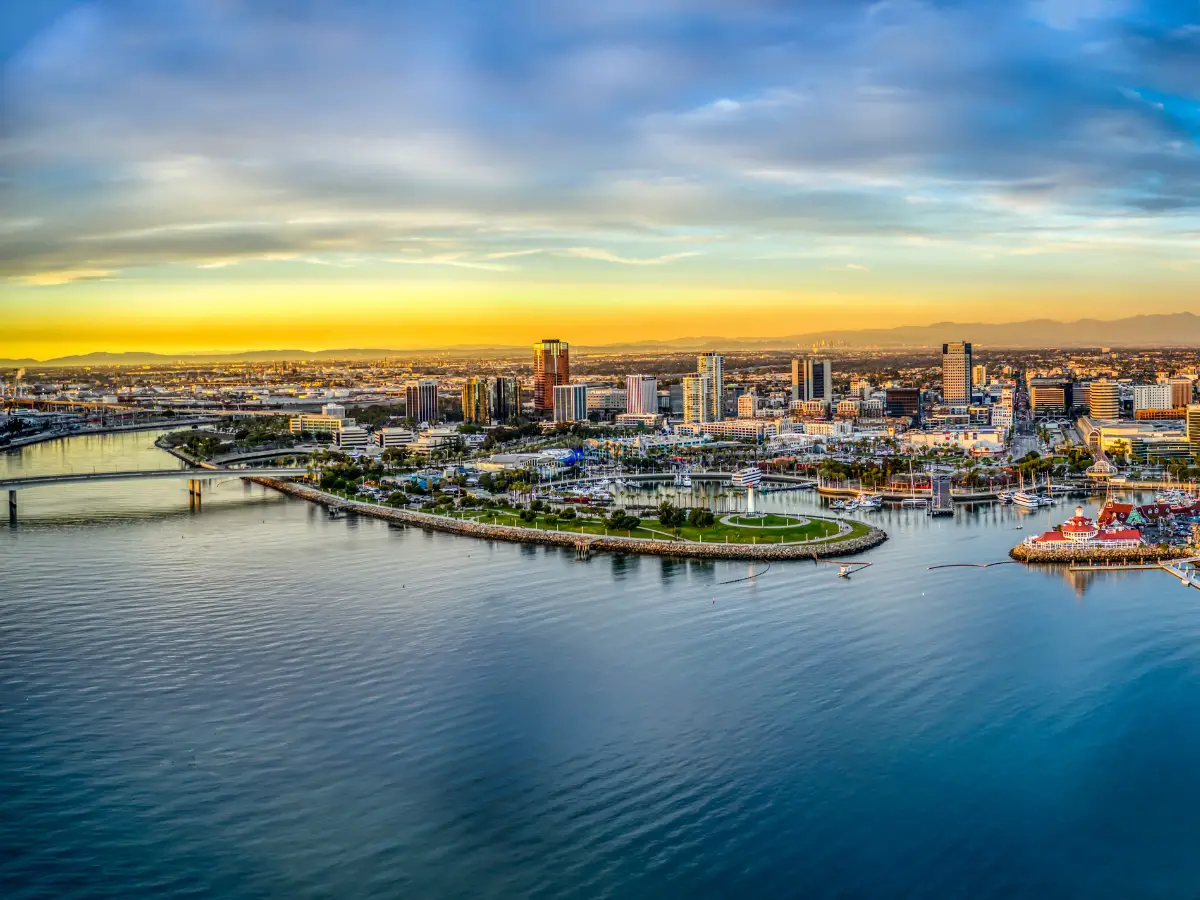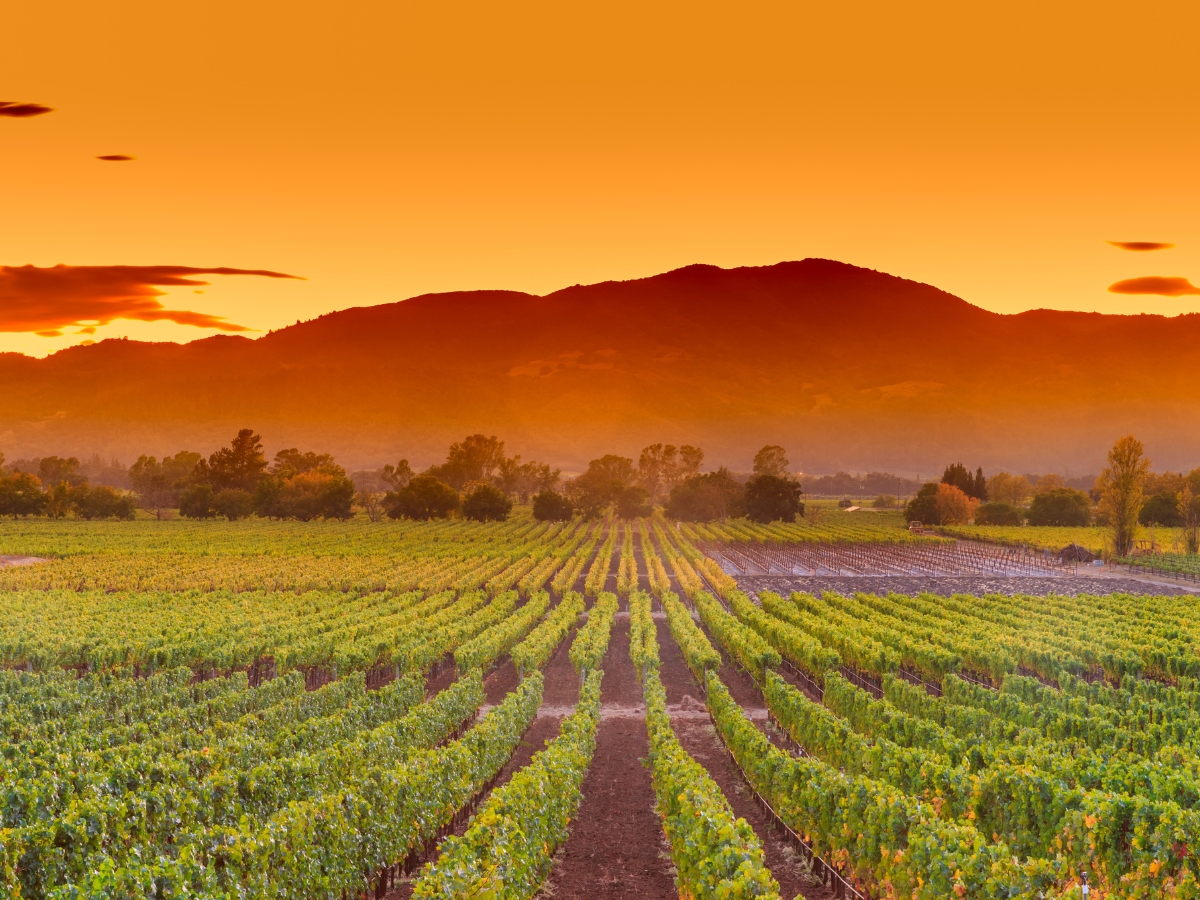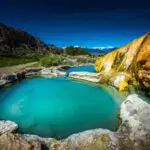California is one of the most diverse and populous states in the United States. It is home to bustling cities, picturesque beaches, and breathtaking natural wonders. The state’s unique geography and climate have contributed to its distinct culture and way of life. But what does California look like?
When people think of California, they may envision sun-kissed beaches, palm trees, and Hollywood celebrities. While these are certainly a part of California’s identity, the state is much more than that. California is a place of contrasts, where you can find both urban sprawl and serene wilderness. From the towering redwoods of Northern California to the arid deserts of the south, the state’s landscapes are incredibly varied.
However, California’s beauty is not without its challenges. The state is prone to natural disasters such as earthquakes, wildfires, and droughts. Additionally, California has struggled with issues such as homelessness, income inequality, and environmental degradation. Despite these challenges, California remains a place of opportunity and innovation, attracting people worldwide seeking their fortune in the Golden State.
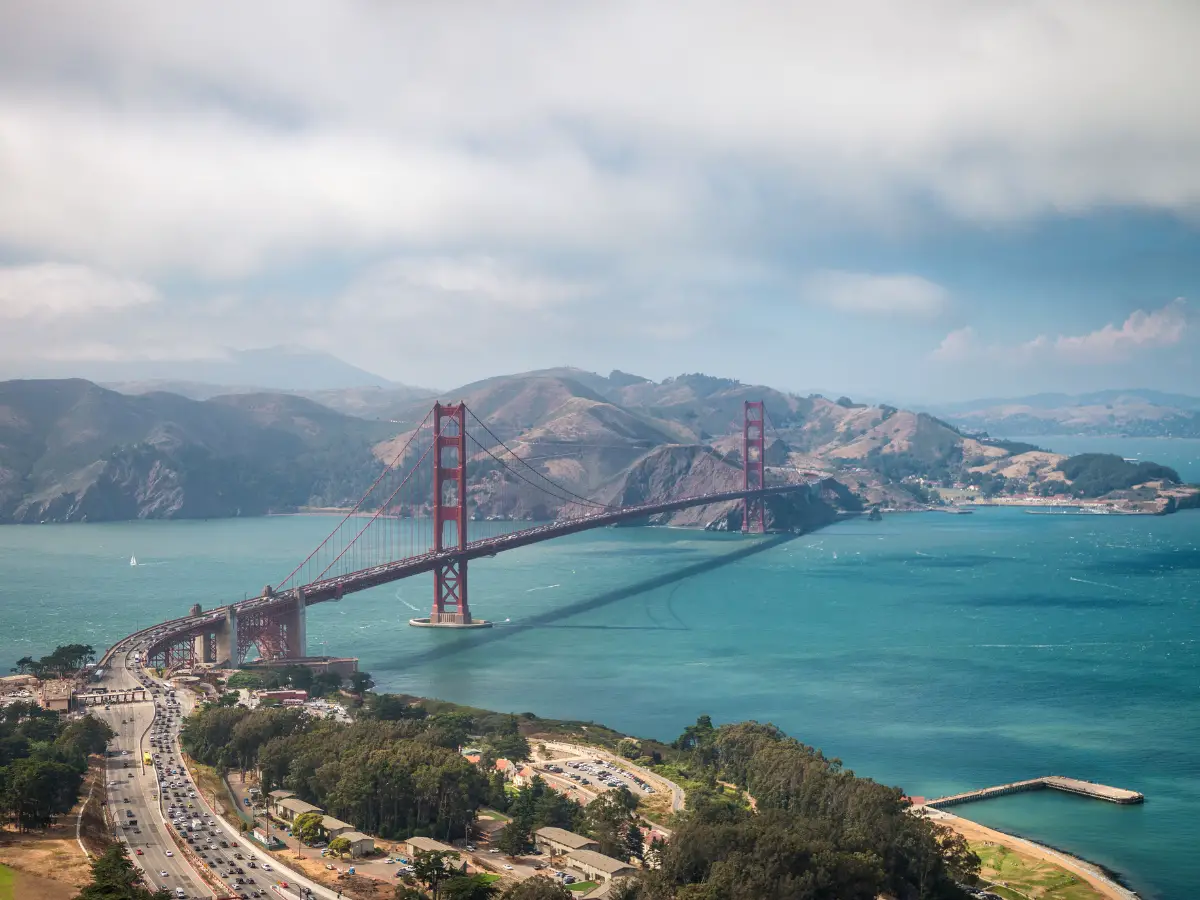
Geographical Overview
California is a state located on the west coast of the United States. It is known for its diverse geography, which includes coastlines, mountain ranges, deserts, and forests.
Coastline Features
California has a long coastline stretches over 840 miles along the Pacific Ocean. The coastline is home to several beaches, cliffs, and bays. Some notable features of the California coastline include the Big Sur coast, known for its rugged beauty, and the Monterey Bay, home to a diverse marine ecosystem.
Mountain Ranges
California has several mountain ranges, including the Sierra Nevada, the Coast Ranges, and the Cascade Range. The Sierra Nevada is the longest mountain range in California, stretching over 400 miles. It is known for its high peaks, including Mount Whitney, which is the highest peak in the contiguous United States.
Deserts
California has several deserts, including the Mojave Desert, the Colorado Desert, and the Great Basin Desert. The Mojave Desert is the smallest of the three deserts and is known for its unique landscape, which includes sand dunes, rock formations, and Joshua trees.
Forests
California has several forests, including the Redwood National and State Parks, which is home to some of the tallest trees in the world. The state is also home to several other forests, including the Sierra Nevada forests, the Klamath Mountains forests, and the Southern California forests.
Overall, California’s diverse geography provides a unique and beautiful landscape that attracts visitors from all over the world.
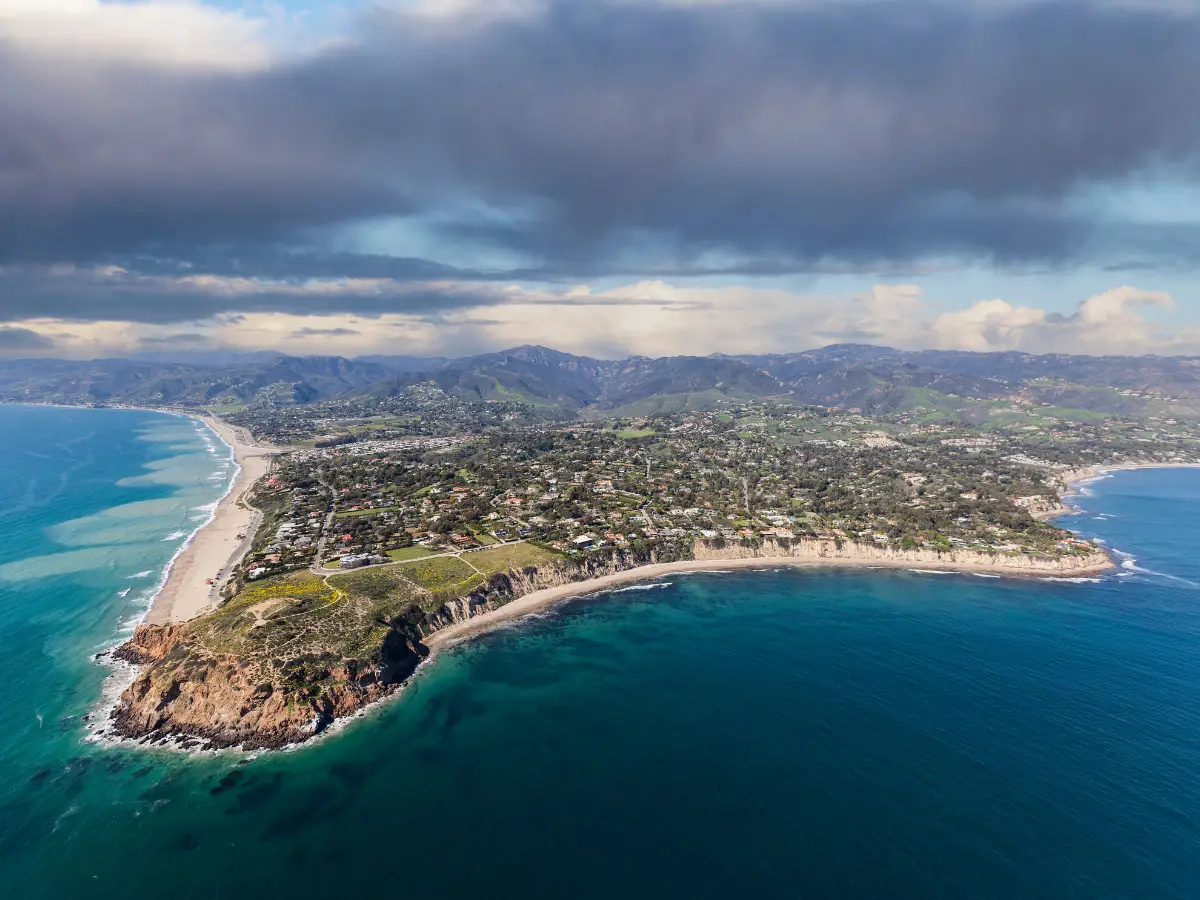
Climate Variations
California’s climate is diverse and varies greatly depending on the region. The state’s geography, topography, and proximity to the ocean all play a role in shaping its climate. In this section, we will explore the three main climate variations found in California: Coastal Climate, Desert Climate, and Mountain Climate.
Coastal Climate
The coastal climate of California is characterized by mild temperatures and high humidity. The Pacific Ocean has a moderating effect on the temperature, keeping it relatively stable throughout the year. The coastal areas experience cool summers and mild winters. The average temperature in the coastal region ranges from 50°F to 70°F.
Desert Climate
The desert climate of California is characterized by hot and dry weather. The region receives very little rainfall, and temperatures can soar above 100°F during the day and drop below freezing at night. The Mojave Desert and the Colorado Desert are two of the main desert regions in California. The average temperature in the desert region ranges from 70°F to 100°F.
Mountain Climate
The mountain climate of California varies depending on the elevation. At higher elevations, the temperature is cooler, and the air is drier. The Sierra Nevada mountain range is the dominant mountain range in California. The region experiences heavy snowfall during the winter months, and the temperature can drop below freezing. The average temperature in the mountain region ranges from 30°F to 60°F.
In conclusion, California’s climate is diverse and varies greatly depending on the region. The coastal region experiences mild temperatures and high humidity, while the desert region is hot and dry. The mountain region experiences heavy snowfall during the winter months and cooler temperatures. Understanding the different climate variations in California is essential for residents and visitors alike.
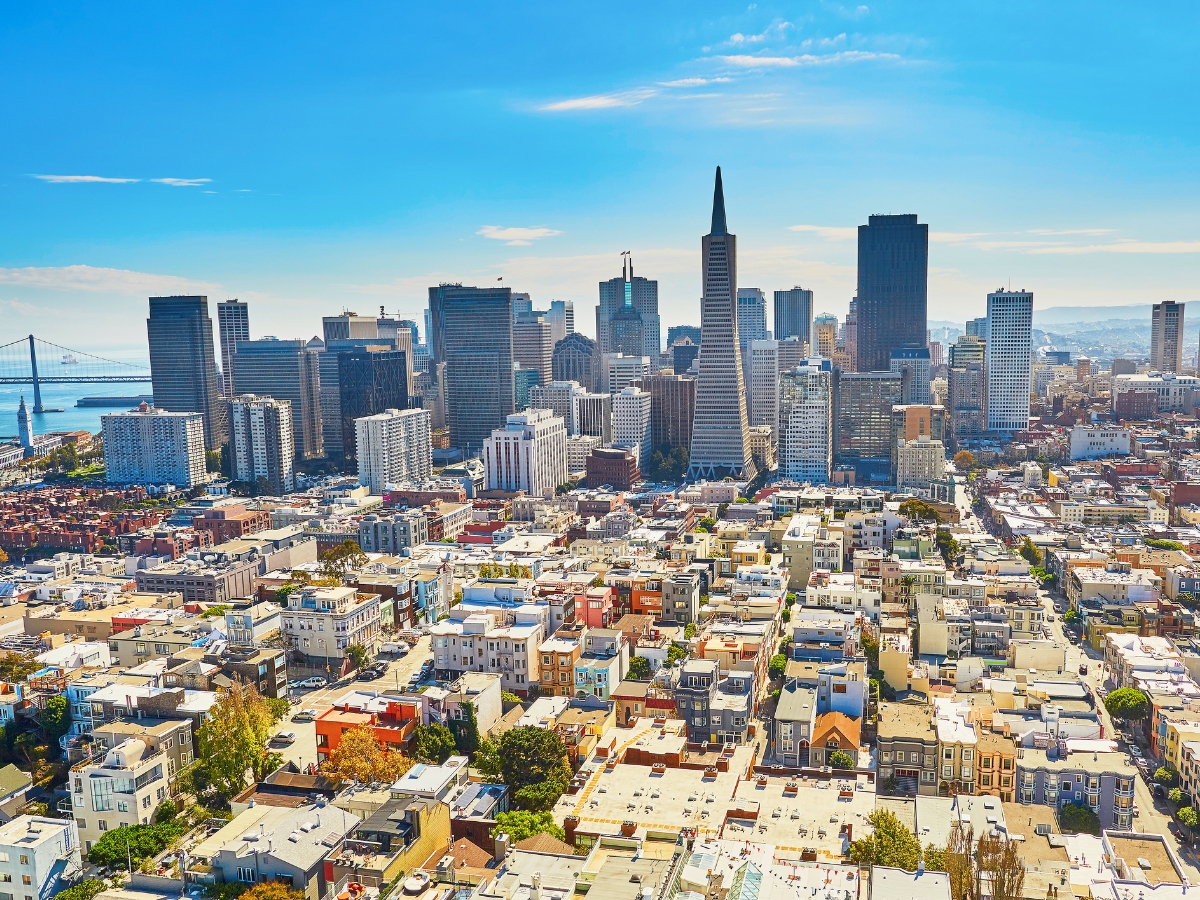
Major Cities
California is home to many large and diverse cities, each with its own unique character and attractions. Here are some of the major cities in California:
Los Angeles
Los Angeles, also known as the “City of Angels,” is the largest city in California and the second-largest city in the United States. With a population of over 3.9 million people, Los Angeles is home to many famous landmarks and attractions, such as Hollywood, Beverly Hills, Santa Monica, and the Getty Center. Los Angeles is also known for its warm and sunny weather, which attracts many visitors from around the world.
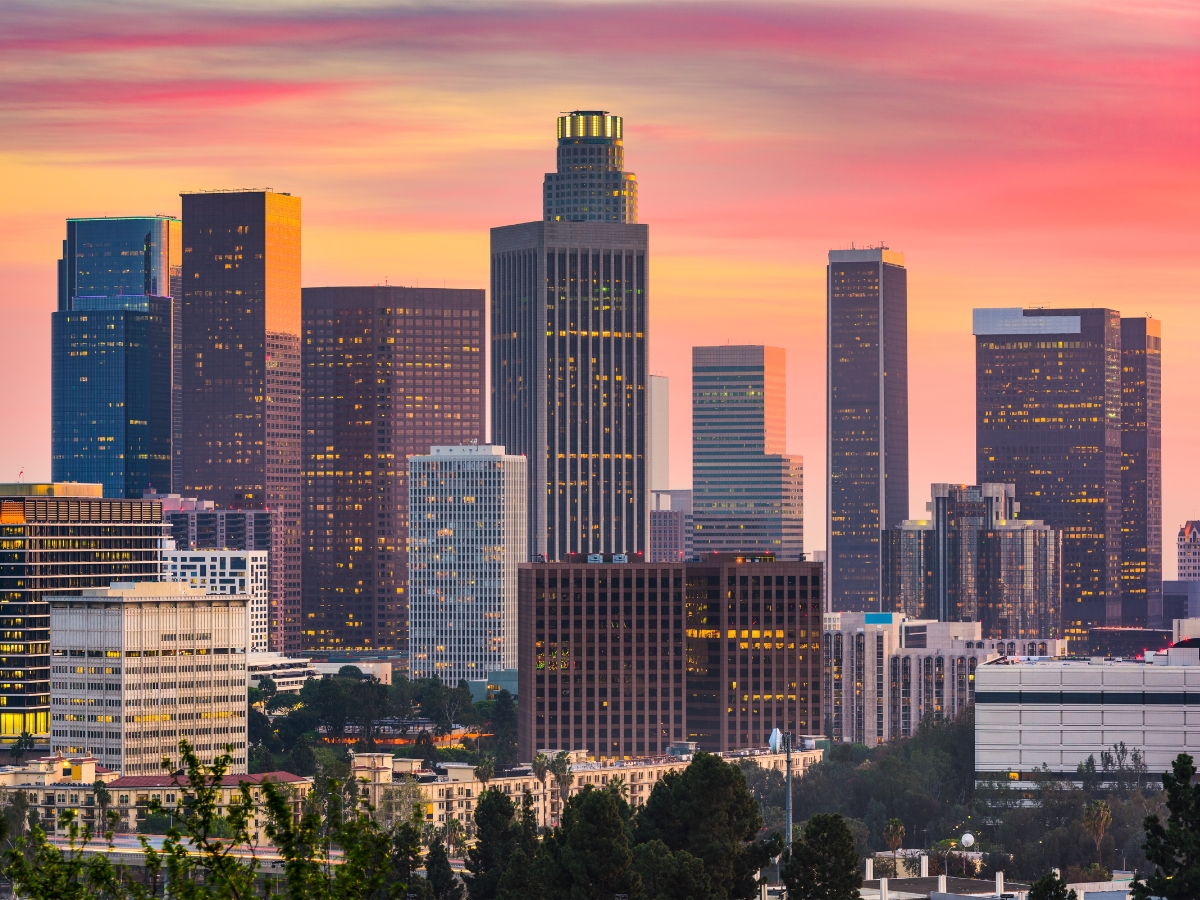
San Francisco
San Francisco is a vibrant and cosmopolitan city located in the northern part of California. With a population of over 883,000 people, San Francisco is known for its iconic landmarks, such as the Golden Gate Bridge, Alcatraz Island, and Fisherman’s Wharf. San Francisco is also home to many cultural and artistic institutions, such as the San Francisco Museum of Modern Art, the de Young Museum, and the California Palace of the Legion of Honor.
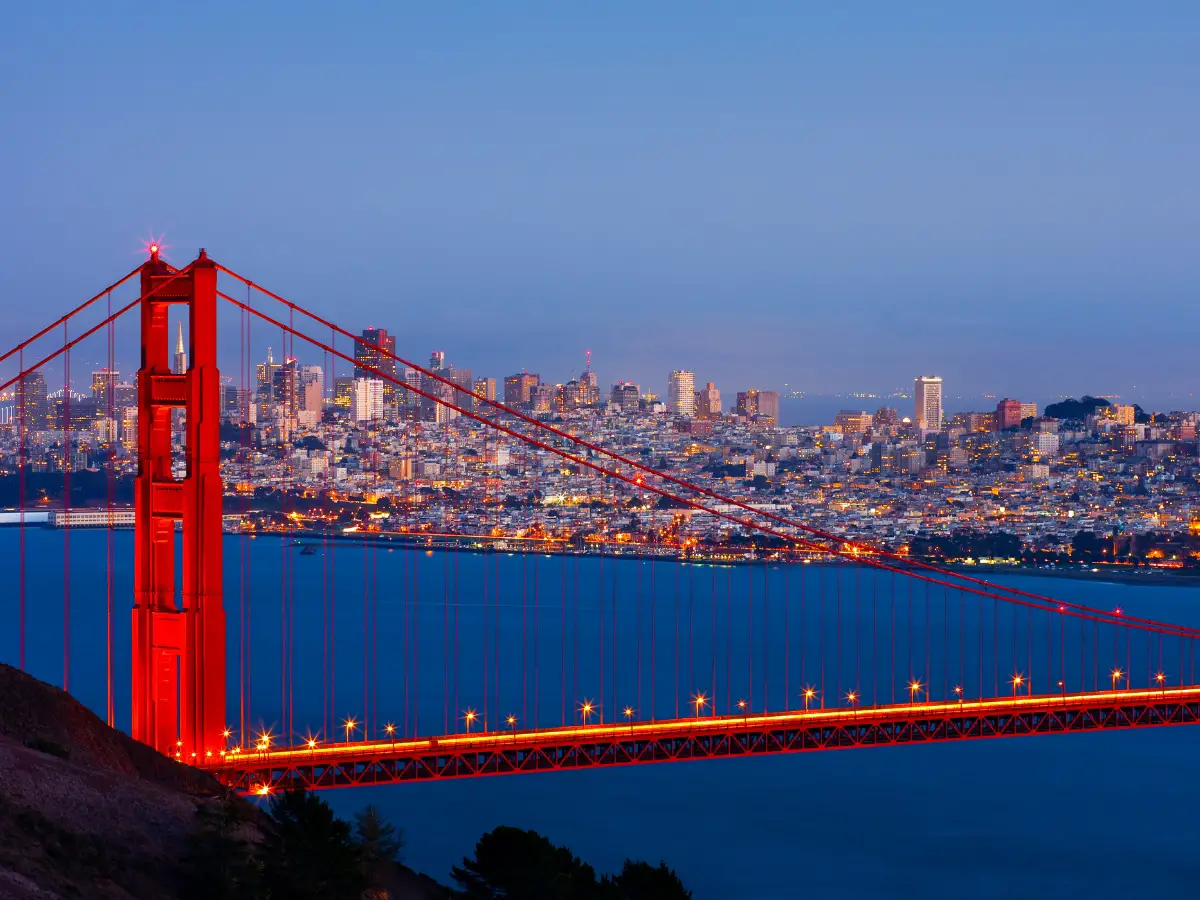
San Diego
San Diego is a coastal city located in the southern part of California. With a population of over 1.4 million people, San Diego is known for its beautiful beaches, mild climate, and many tourist attractions, such as SeaWorld, the San Diego Zoo, and Balboa Park. San Diego is also home to many military installations, including the Naval Base San Diego and the Marine Corps Air Station Miramar.
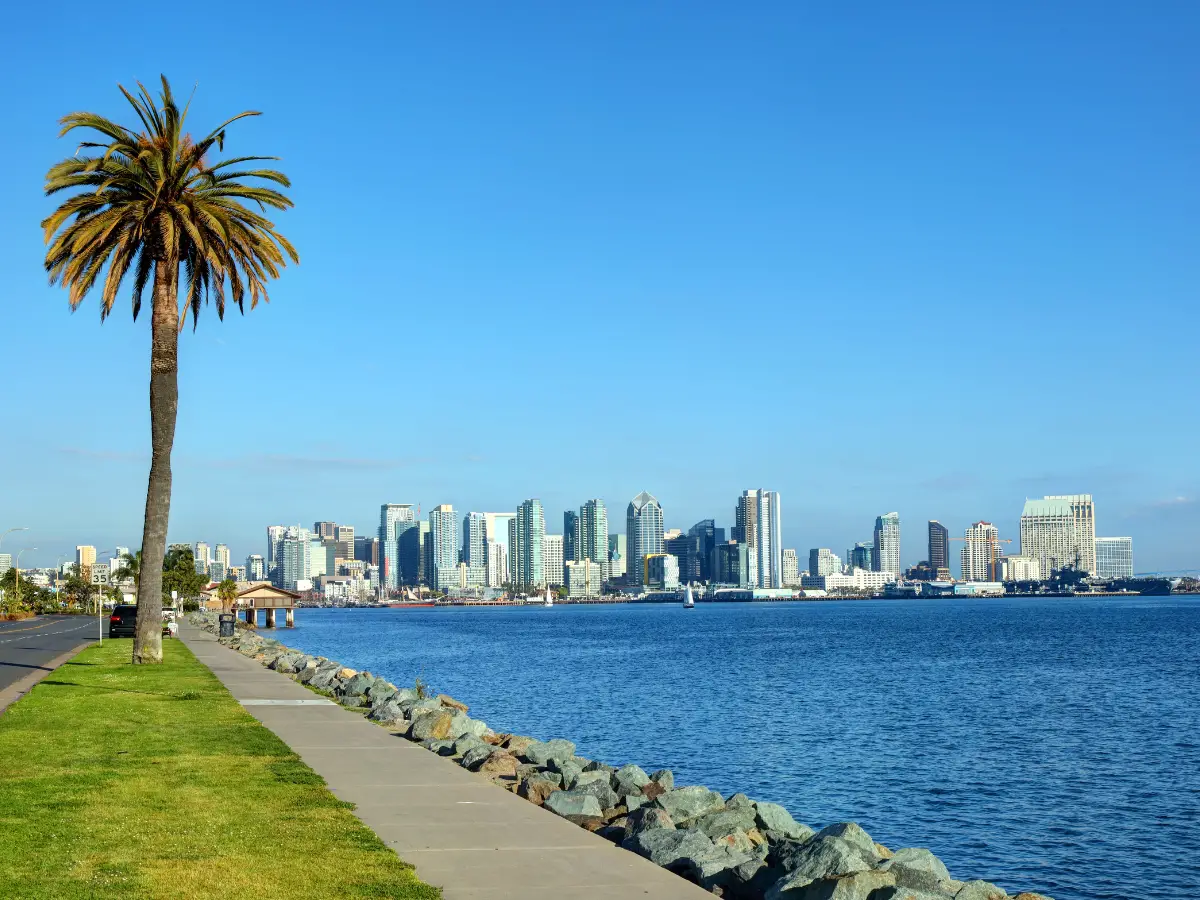
Sacramento
Sacramento is the capital city of California and is located in the northern part of the state. With a population of over 500,000 people, Sacramento is known for its historic landmarks, such as the California State Capitol Building, Sutter’s Fort, and the Old Sacramento State Historic Park. Sacramento is also home to many cultural and artistic institutions, such as the Crocker Art Museum, the California State Railroad Museum, and the Sacramento Theatre Company.
In conclusion, California is home to many major cities, each with its own unique character and attractions. Whether you are interested in entertainment, culture, history, or nature, California has something to offer for everyone.
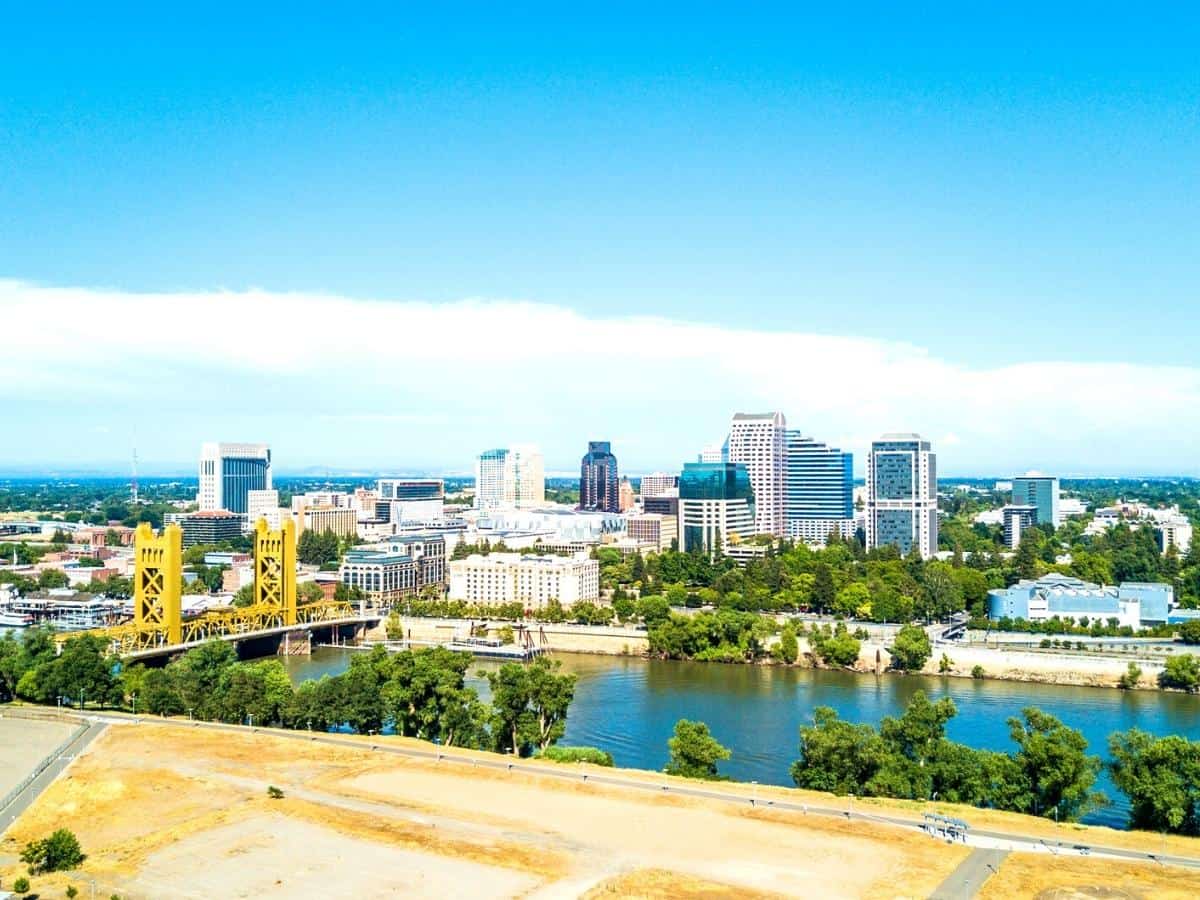
Demographics
Population Distribution
California is the most populous state in the United States, with an estimated population of 39.2 million as of January 1, 2022. The state has a diverse population, with people from a wide variety of ethnic, racial, national, and religious backgrounds. The population is distributed across the state, with the largest concentration of people living in the Los Angeles and San Francisco metropolitan areas.
According to the U.S. Census Bureau, the state’s population is projected to continue to grow over the next few years, albeit at a slower pace than in the past. The population is expected to reach 42.9 million by 2050.
Ethnic Diversity
California is known for its ethnic diversity, and it is home to many different ethnic groups. According to the 2020 U.S. Census, the largest racial/ethnic groups in California are:
- White alone: 61.6%
- Hispanic: 18.7%
- Asian alone: 6%
- Black alone: 12.4%
- American Indian and Alaska Native alone: 1.1%
- Native Hawaiian and Other Pacific Islander alone: 0.2%
- Some Other Race alone: 8.4%
- Two or More Races: 10.2%
California’s diversity index is 61.1%, up from 54.9% in the previous census. This indicates that the state is becoming more diverse over time.
The state has a large Hispanic population, which is concentrated in the southern part of the state. The Asian population is concentrated in the San Francisco Bay Area and the Los Angeles metropolitan area. The African American population is concentrated in the Los Angeles metropolitan area and other urban centers throughout the state.
Overall, California’s population is diverse and continues to become more diverse over time.

Economy
California has the largest sub-national economy in the world, with a gross state product (GSP) of $3.598 trillion as of 2022. The state’s economy is highly diversified, with major industries including agriculture, technology, entertainment, and tourism.
Agriculture
Agriculture is a significant industry in California, with the state being the nation’s leading agricultural producer. The state’s fertile land, diverse climate, and access to water resources make it an ideal location for growing a wide variety of crops. California produces more than 400 different agricultural commodities, including almonds, grapes, strawberries, and avocados.
Technology Industry
California’s technology industry is one of the largest and most influential in the world, with Silicon Valley being the epicenter of the industry. The state is home to many of the world’s leading technology companies, including Apple, Google, Facebook, and Tesla. The technology industry in California generates billions of dollars in revenue and provides employment opportunities for thousands of people.
Entertainment Industry
The entertainment industry in California is centered in Hollywood and is a major contributor to the state’s economy. The industry includes film, television, music, and video games. California is home to many of the world’s leading entertainment companies, including Disney, Warner Bros., and Universal. The industry generates billions of dollars in revenue and provides employment opportunities for thousands of people.
Tourism
Tourism is a significant industry in California, with the state attracting millions of visitors each year. The state’s natural beauty, beaches, and theme parks make it a popular destination for tourists from around the world. California is also home to many cultural attractions, including museums, art galleries, and historic landmarks. The tourism industry generates billions of dollars in revenue and provides employment opportunities for thousands of people.
In conclusion, California’s economy is highly diversified, with major industries including agriculture, technology, entertainment, and tourism. The state’s economy is one of the largest and most influential in the world, and it provides employment opportunities for thousands of people.
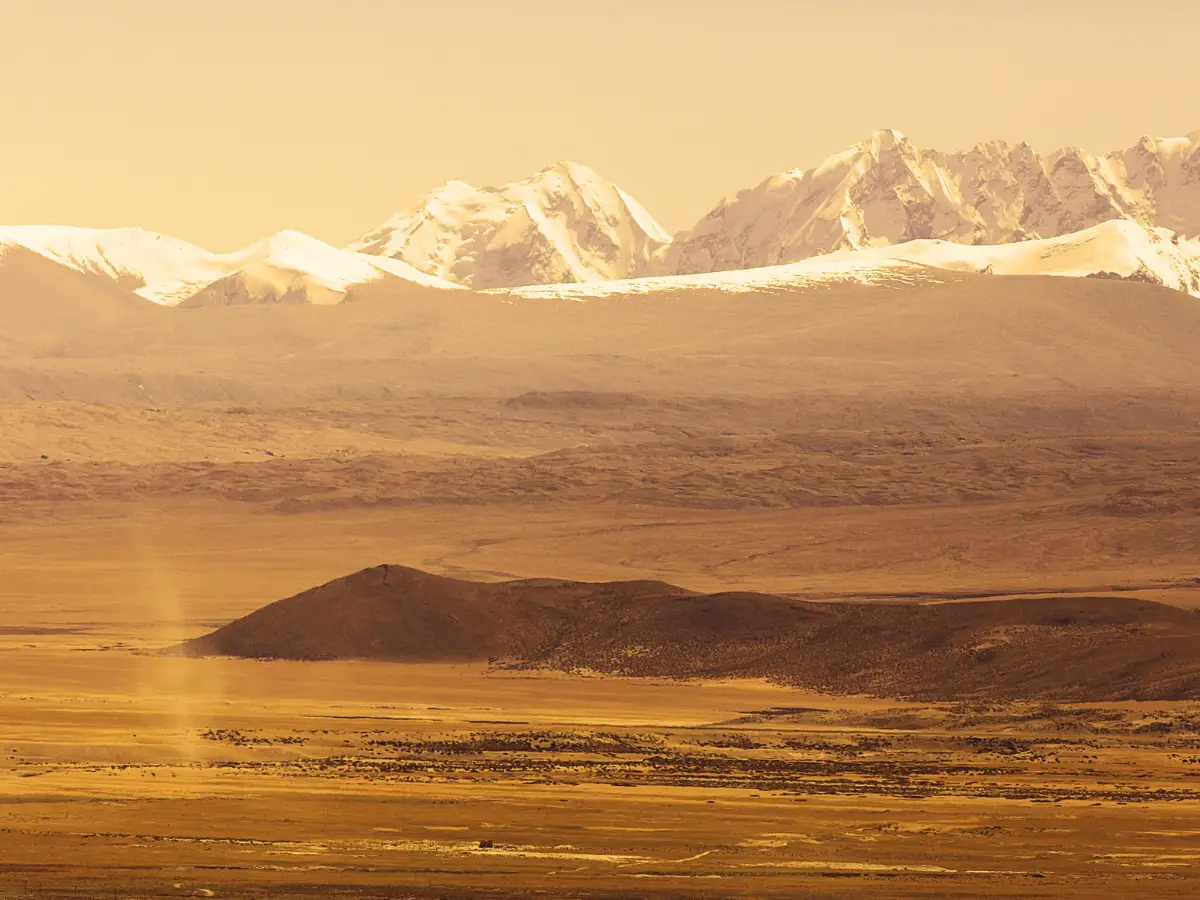
Natural Disasters
California is no stranger to natural disasters. From earthquakes to wildfires to droughts, the state has seen its fair share of devastation. In this section, we will take a closer look at some of the most common natural disasters in California and what makes them so dangerous.
Earthquakes
California is located on the Pacific Ring of Fire, which means that it is highly susceptible to earthquakes. The state experiences thousands of earthquakes each year, although most of them are too small to be felt. However, the occasional large earthquake can cause significant damage and loss of life.
The most destructive earthquake in California’s history was the 1906 San Francisco earthquake, which had a magnitude of 7.8 and resulted in over 3,000 deaths. Since then, the state has implemented strict building codes to ensure that structures can withstand seismic activity.
Wildfires
Wildfires are a common occurrence in California, particularly during the dry summer months. The state’s hot, dry climate and strong winds make it the perfect environment for wildfires to spread quickly and easily.
In recent years, California has seen some of the worst wildfires in its history. The 2018 Camp Fire, for example, destroyed over 18,000 structures and resulted in 85 deaths. The state has taken steps to prevent and mitigate the impact of wildfires, such as implementing controlled burns and increasing funding for firefighting resources.
Droughts
California is no stranger to droughts, which occur when there is a prolonged period of low rainfall. The state’s Mediterranean climate means that it is already prone to dry spells, but climate change has made droughts more frequent and severe.
The most recent drought in California lasted from 2011 to 2019 and was one of the worst in the state’s history. It resulted in significant water shortages, agricultural losses, and increased risk of wildfires. The state has implemented various measures to conserve water, such as promoting water-efficient appliances and landscaping, and enforcing water restrictions during times of drought.
Overall, natural disasters are a constant threat in California. While the state has taken steps to prepare for and mitigate their impact, it is important for residents and visitors to remain vigilant and informed about potential risks.
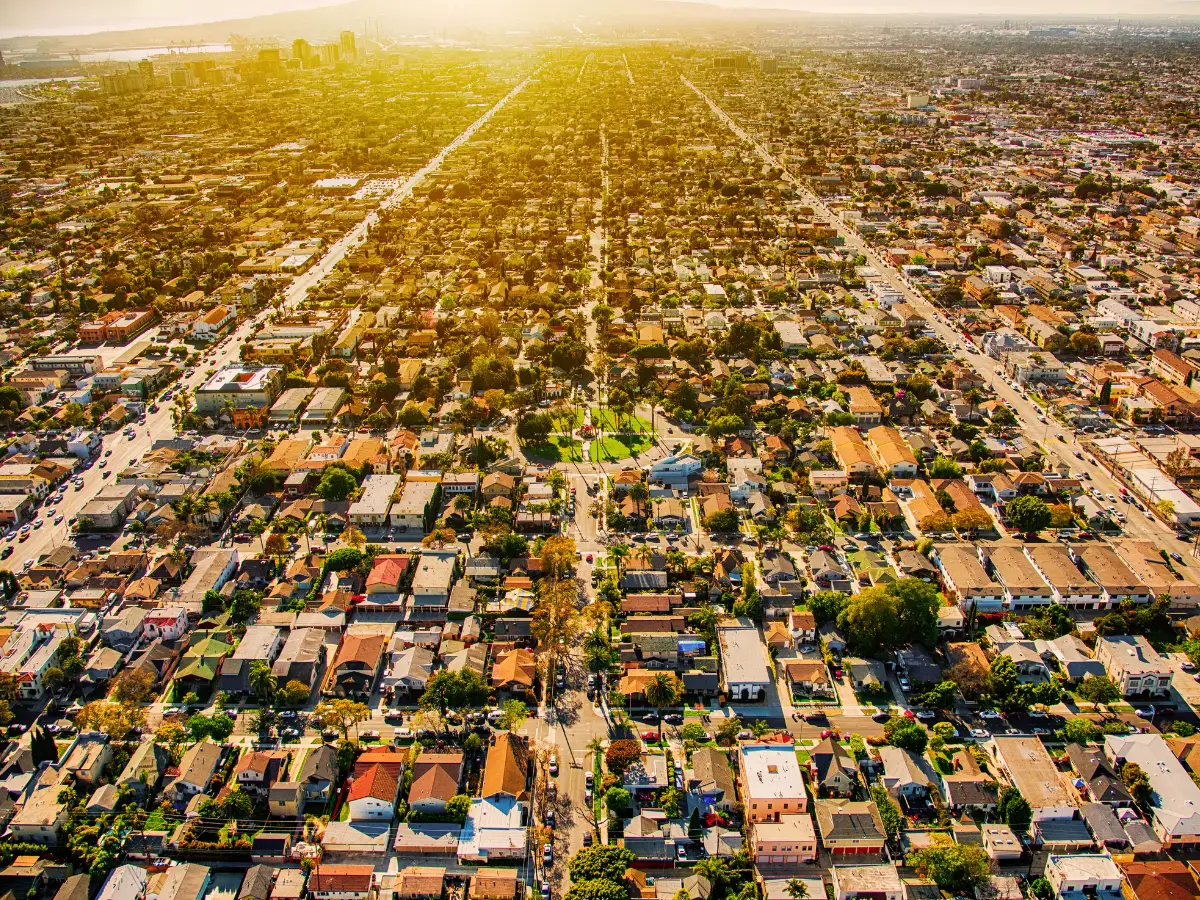
Frequently Asked Questions
What are some interesting geographical features of California?
California is known for its diverse geography, ranging from mountains to beaches to deserts. Some of the most notable geographical features include the Sierra Nevada mountain range, the Mojave Desert, Death Valley, Lake Tahoe, and the Pacific coastline. The state also has numerous national parks, including Yosemite, Joshua Tree, and Redwood, which showcase the natural beauty of California.
What is the significance and history behind the California flag?
The California flag features a grizzly bear and a red star on a white background, with a stripe of red along the bottom. The bear represents the state’s wildlife and the red star symbolizes California’s status as a state. The flag’s design is based on the original Bear Flag, which was raised during the Bear Flag Revolt in 1846, when a group of American settlers declared California’s independence from Mexico.
What are some unique cultural aspects of California?
California is known for its diverse and vibrant culture, including its art, music, and food. The state has a rich history of Hollywood movies and entertainment, as well as a thriving music scene. California is also home to many different ethnic communities, including Hispanic, Asian, and African American cultures, which contribute to the state’s unique cultural landscape.
What factors make California an appealing place to live?
California’s mild climate, diverse geography, and thriving economy make it a popular destination for people from all over the world. The state is home to many world-class universities, as well as numerous job opportunities in industries such as technology, entertainment, and agriculture. Additionally, California’s natural beauty and outdoor recreational opportunities make it an attractive place to live for those who enjoy hiking, skiing, and other outdoor activities.
How has California’s population changed over time?
California has experienced significant population growth over the past century, with the state’s population increasing from around 2 million in 1900 to over 39 million today. The state’s population is diverse, with a mix of ethnicities and cultures, and is concentrated in urban areas such as Los Angeles, San Francisco, and San Diego.
California shares borders with Oregon to the north, Nevada to the east, and Arizona to the southeast. These states also feature diverse geography, including mountains, deserts, and coastlines. Oregon and Nevada are known for their outdoor recreational opportunities, while Arizona is home to the Grand Canyon and other natural wonders.


